I have two igraph objects, which have different color attributes.
Vertices "A" and "B" in first graph are colored red.
Vertices "AA" and "BB" in second graph are colored green.
After joining the two, the different colors are lost.
library(igraph)
graph.1= graph.data.frame(data.frame(start=c("a", "b"), end=c("A", "B")))
V(graph.1)[name%in% c("A", "B")]$color= "red"
graph.2= graph.data.frame(data.frame(start=c("a", "b"), end=c("AA", "BB")))
V(graph.2)[name%in% c("AA", "BB")]$color= "green"
graph= graph.union.by.name(graph.1, graph.2)
plot(graph)

How can I preserve the distinct colors when joining ?
